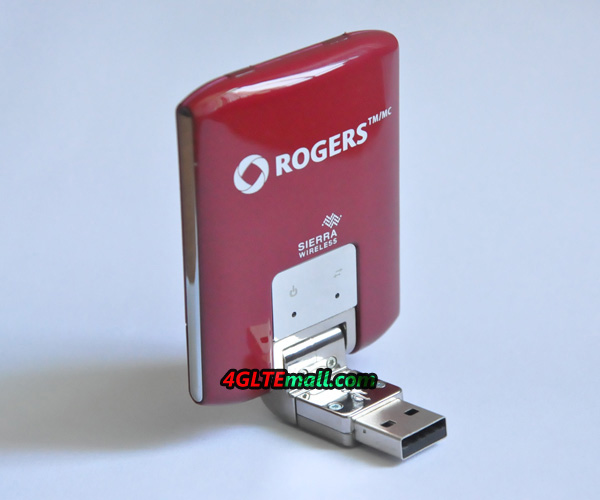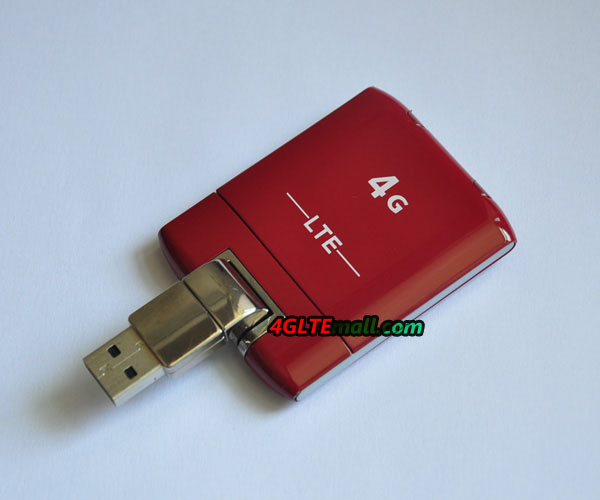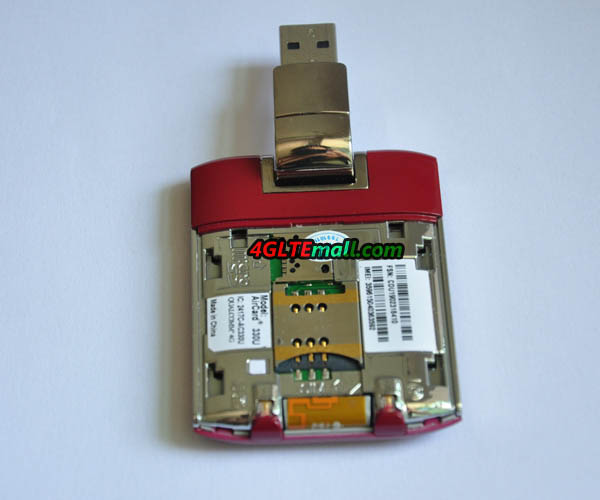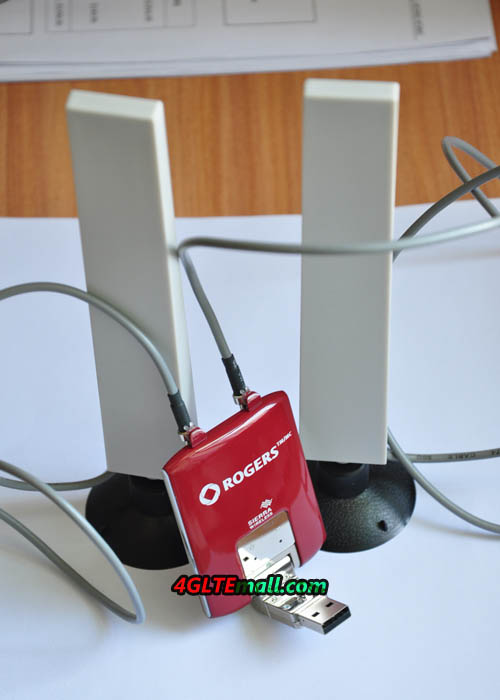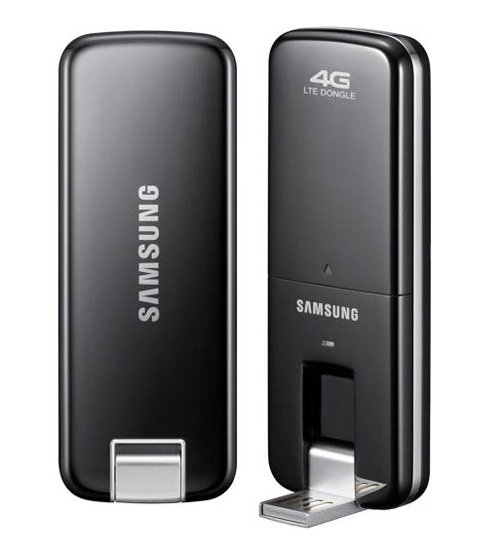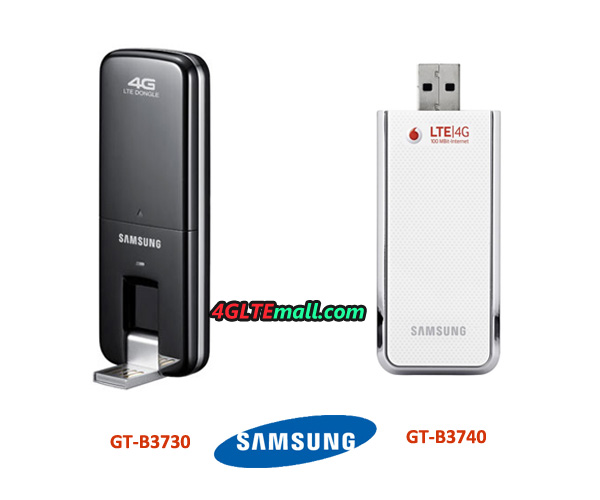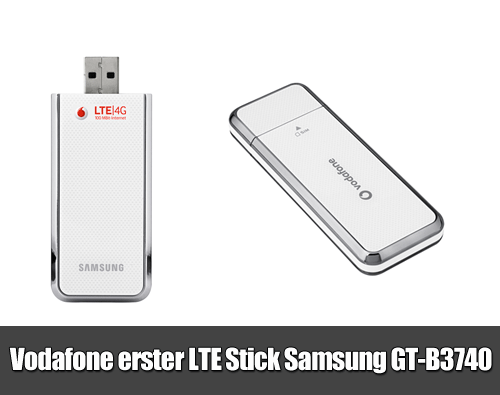The company ZTE from China has extensive experience in the manufacturing mobile phones; this fact has a positive impact on the shape and ergonomics of the mini router. Since the mobile device and should always be at hand, the shape and size of a mini router should allow to carry in any pocket or bag. Here we get the 4G LTE Mini Router ZTE MF91 Pocket WiFi Router. Let us have a look at this smart 4G LTE Router and how it works.
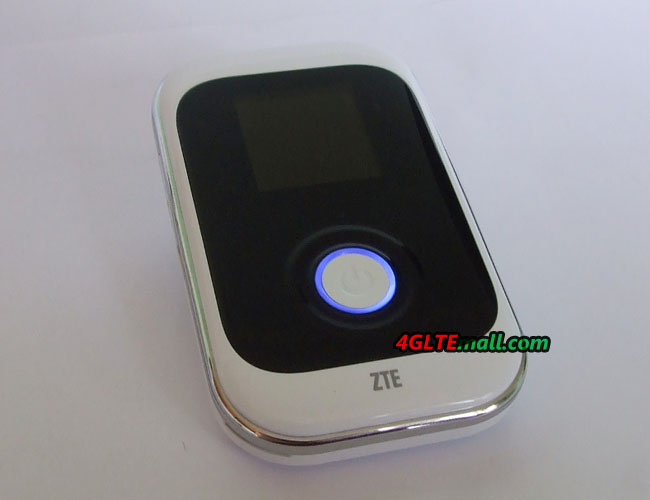
When we open the box, we can find these content are included in the package: ZTE MF91, power charger and USB Cable. The router is a standard rectangular box with rounded corners. On the front is a small screen and a single button switch. The user manual is also included.
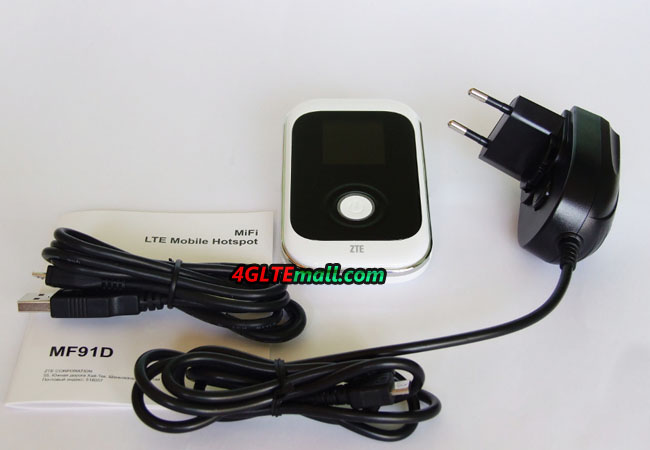
To prepare the router to work, you must first insert a SIM-card. Open the back cover, take out the battery. Here we see at once the place for SIM-card, at which point you have to be careful. And put the card in a special tray to move it forward.
After the SIM card in the slot, put the battery in. Before you close the back cover of the machine, you must remember to write down the password for the Wi-Fi connection, it is printed on the back cover. Then just press the round button, wait a few seconds and the device is ready for use. This is what we signals appeared on the screen legend – ALTEL 4G.
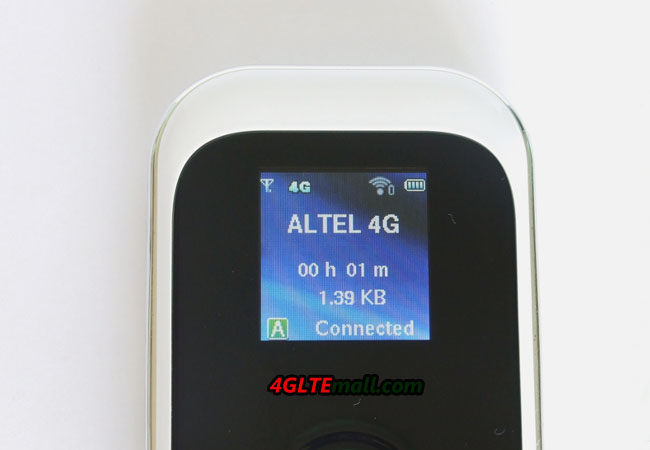
Just want to say a few words on the screen, despite its small size (1.44 inches), it is quite informative in addition to network status and signal strength (by the way it’s showing with a symbol and the number of sticks like a conventional phone), the screen displays the status of Wi-Fi, the number of connected devices, and battery level.
In the center of the screen, we see the total time of using 4G data, as well as the total amount of data received/transmitted during this session. The device screen is quite bright, the information could be read, even in direct sunlight.
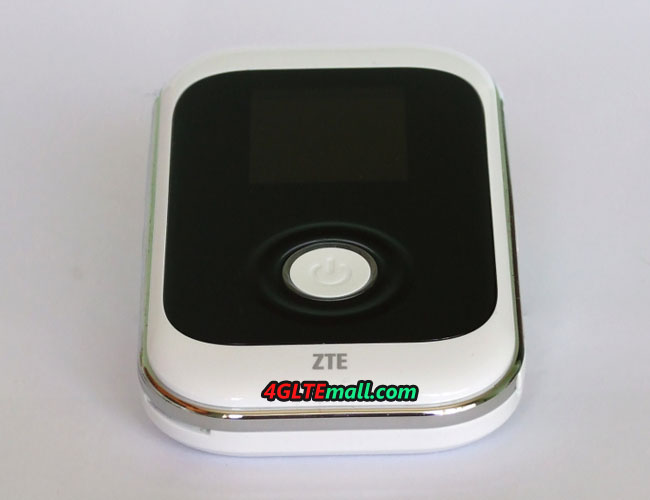
After switching on the router you just need to enter the password and connect it via Wi-Fi from your tablet, Smartphone or laptop. The manufacturer claims the simultaneous connection of 10 different WiFi devices.
The router is equipped with a powerful battery capacity of 2300 mAh, it is quite enough for me on day of use without switching off, and the network I was using for three hours, the rest of the time in standby mode. A full battery charge is approximately 2.5 hours.
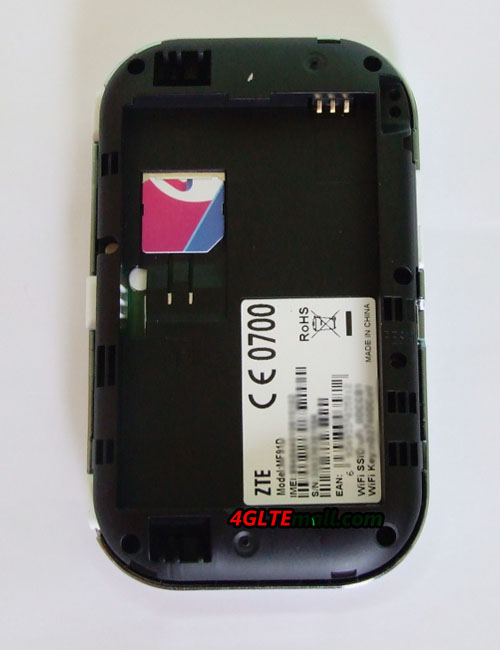
The stated range of the router Wi-Fi signal could be distributed to 10-15 meters, my experience of operating in principle confirms these figures, and in a normal urban 2-room apartment, signal was available at any point. On the street, the range is from 8 m to 16 m, depending on the availability of natural environment.
In my opinion, the ZTE MF91 4G LTE Mobile router is very practical and convenient solution for wireless Internet in the format of 4G. Ergonomic shape, small size and relatively low weight (110 g) fully permit to carry with users. It could be easily fit into any pocket, bag or purse. If you want unlocked without any contract, welcome to buy from www.4gltemall.com .
